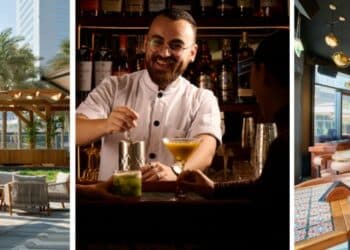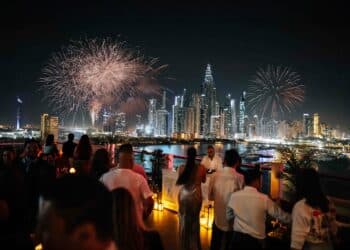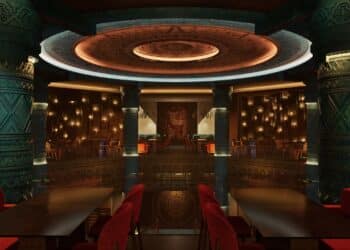Andrea Zampolini, head of fine dining and pre-opening concepts, Meraas F&B, says the design element of a restaurant plays an important role in determining the success of the venue in today’s market.
 The food and beverage industry across the world has been undergoing dramatic transformations to keep pace with the dynamic expectations of its millennial client base, placing brands at crossroads unlike at any other time in recent history. In what is considered a regional first for F&B, restaurant owners must now decide how to adapt to ever-evolving consumer preferences to stay in the game.
The food and beverage industry across the world has been undergoing dramatic transformations to keep pace with the dynamic expectations of its millennial client base, placing brands at crossroads unlike at any other time in recent history. In what is considered a regional first for F&B, restaurant owners must now decide how to adapt to ever-evolving consumer preferences to stay in the game.
Veteran restaurant operators have started collaborating closely with architects and interior designers to shape venues that are avant-garde and memorable. Extensive media interest, restaurant reviews and a heightened focus on the world around us means that customers today are strongly aware of and influenced by the world of design. They view eating out as a complete experience that doesn’t centre around food alone, it’s as much about the space, setting and that elusive word every restaurateur wishes to pin down, ambience.
Looking at F&B trends today, two words have come to represent success in F&B, flexibility and relevance. In a city like Dubai where over 80 per cent of the population is made up of expatriates, our restaurants need to be smarter, with more aesthetically appealing spaces, combining modular and multi-functional design elements to suit different moods, settings and purposes.
This is particularly relevant to the millennial diners in Dubai who are spoilt for choice and more easily influenced by brands that display personality. They look for uniqueness and individuality in architecture, art, food and design. This is a key reason why we now see so many F&B brands reinventing their brick-and-mortar interiors, in addition to adopting virtual interfaces to better serve their customers.
I believe the years to come will see a wider use of installations and lighting to create the right mood and ambience. Achieving that perfect interior styling through the right use of materials, finishes and space is going to become even more crucial in ensuring the restaurant’s appeal.
While on the subject of design, zoning is another trend that is gaining uptake in restaurants around the world. From casual to fine-dining venues, there is a renewed focus on creating spaces with a purpose. If a restaurant’s design is continuous, linear and displays no variation, it comes across as bland and boring and is often unable to sustain the competition from more innovative and vibrant eateries in its class. To break the monotony, restaurants across the GCC region are now creating smaller, more well-defined and intimate sections within their interiors that offer a different vibe and therefore attract more varied clientele.
The whopping array of concepts, interior fittings and furnishings available in the market today make it easy to shape these demarcations, creating high and low spaces and inviting lounge areas with comfortable chairs, low-slung settees, carpets, floor lamps, and decorative barricades among others.
In the years to come, restaurants will become even more personalised in their offerings, meticulously curating menu and interior selections to gain higher footfall.


































































